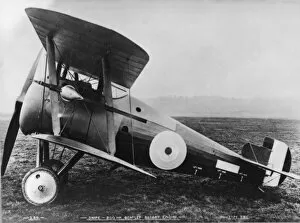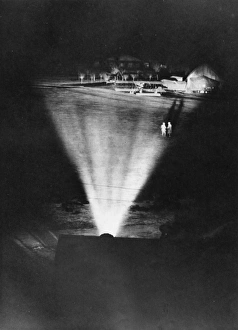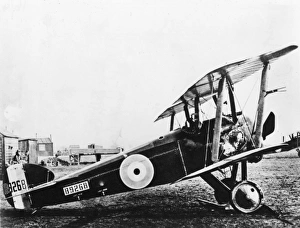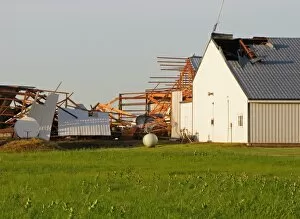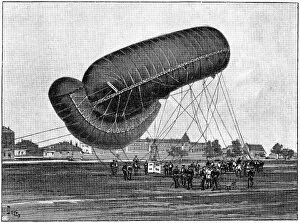Air Field Collection (page 3)
"Unveiling the Untold Stories: A Glimpse into the Airfield Chronicles" Step back in time and witness the remarkable tales that unfolded on airfields throughout history
All Professionally Made to Order for Quick Shipping
"Unveiling the Untold Stories: A Glimpse into the Airfield Chronicles" Step back in time and witness the remarkable tales that unfolded on airfields throughout history. From pivotal moments during World War I to daring missions in World War II, these snapshots capture the essence of aviation's evolution. Gliders stand poised for Operation Market Garden, a crucial turning point in WWII, while Lancaster Bombers prepare for takeoff, their mighty engines roaring with anticipation. The Air League of the British Empire Poster proudly displays its commitment to fostering aeronautical excellence. Meanwhile, a German Fokker D VII fighter plane from WWI reminds us of the fierce battles fought above these very runways. The Airco DH2 De Havilland biplane stands as a testament to early aviation ingenuity. Heroes emerge amidst adversity as they hold up the R101 airship, symbolizing resilience and determination. In another era, Lockheed P-38 Lightning soars through turbulent skies during WWII's most challenging days. A British SE5 biplane rests on an airfield; its pilots ready themselves for aerial combat. Witness innovation firsthand with a standard production Sopwith triplane from WWI - an engineering marvel ahead of its time. At Goodwood Revival 2011, row upon row of Spitfires pay homage to their legendary predecessors who once graced these very grounds. Delve into captivating literature with Popular Aviation and Aeronautics' mesmerizing cover design - an invitation to explore endless possibilities within flight's realm. Lastly, behold the iconic Sopwith F1 Camel biplane perched confidently on an airfield; it embodies both elegance and power. These glimpses into airfield history remind us that every aircraft has its own story etched within these hallowed grounds – stories filled with courage, sacrifice, triumphs, and innovations that have shaped our world today.




